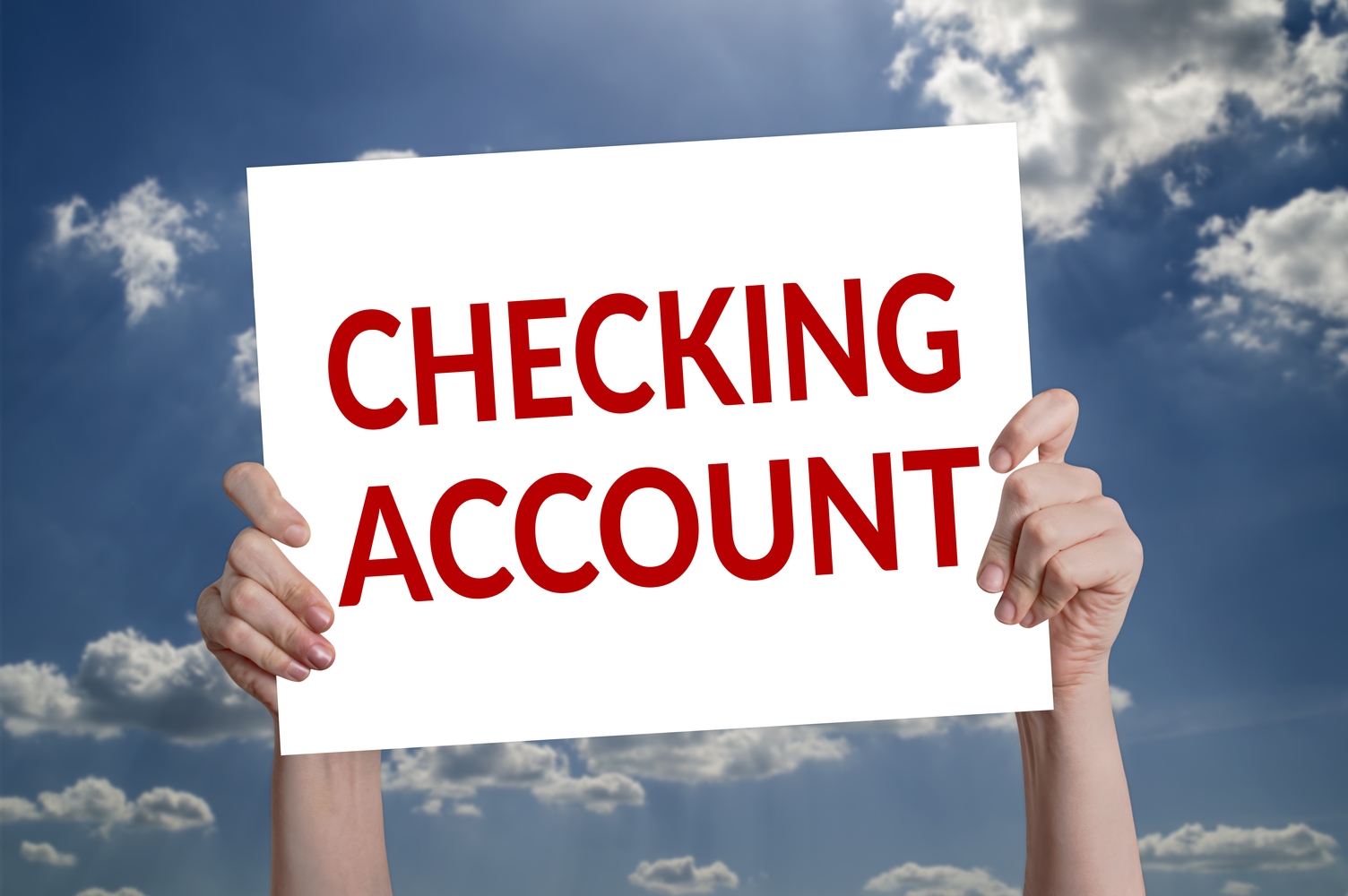Comprehensive Guide to Switching Your Bank Seamlessly
This comprehensive guide provides detailed steps for seamlessly switching banks, from stopping your current transactions to setting up your new account and utilizing digital banking tools. It emphasizes research, fee comparison, and efficient transfer processes to ensure a smooth transition without disruptions. Perfect for anyone considering changing their banking institution to better suit their financial needs.

A Complete Step-by-Step Guide to Changing Your Banking Institution
Are you feeling dissatisfied with your current banking experience? Do you find the services provided by your bank not aligning with your financial needs? Switching banks might seem daunting, but with proper planning and understanding, you can transition smoothly without unnecessary complications. This detailed guide aims to walk you through the entire process of changing your banking institution, from stopping use of your current account to setting up a new one, ensuring a hassle-free switch.
Cease Transactions on Your Existing Account
The initial step in changing your bank is to stop all current transactions on your existing account. This includes automatic transfers, standing orders, and direct deposits. It's crucial to make the account inactive to prevent any unwanted charges or issues later. If you plan to switch to a new bank, it’s advisable to do this early, so you can activate your new account without delays. Also, review your account for any pending payments or deposits that need to be redirected or canceled to ensure a seamless transition.
Conduct Comprehensive Research on Your New Banking Options
Before you choose a new bank, spend ample time researching various financial institutions. Look for banks that align with your specific needs—whether it's low fees, excellent customer service, competitive interest rates, or specialized banking services. Make a list of potential banks and compare their offerings carefully. Visiting branch locations in person can provide valuable insight into their customer service quality and facilities. Reading customer reviews and checking the bank’s reputation online can also guide your decision-making process.
Choose a bank with a solid reputation, reliable services, and attentive staff. Ensure they prioritize your financial needs and offer personalized customer service. Visiting different branches can help you assess their professionalism and customer engagement firsthand.
Prioritize Low-Cost and Transparent Banking Options
Look for banks that offer minimal or zero fees for the essential services you require. Common charges like maintenance fees, ATM fees, or transaction fees can accumulate over time, impacting your savings. Many modern banks and credit unions now provide free checking accounts, digital banking perks, or minimal charges to attract customers. Comparing fee structures across banks is essential to find an institution that provides cost-effective solutions tailored to your financial lifestyle.
Additional Resources for Better Banking: 7 Common ATM Errors to Avoid Abroad
Compare Benefits, Perks, and Fees
Each bank offers unique benefits. From cashback rewards and overdraft protections to dedicated customer support and online financial management tools. It’s vital to assess which features are most important for your banking needs. Creating a comparison chart of different banks can help visualize which institution strikes the best balance between service quality and affordability.
Open Your New Account
Once you have selected the most suitable bank, proceed with opening your new account. Be prepared to provide identification documents, proof of address, and perhaps a minimum deposit. During this step, communicate your intent to switch accounts and inquire about any specific instructions they may have for new customers. Some banks offer account switching services or guides to simplify the process further.
Download and Set Up Mobile Banking Applications
Most modern banks offer mobile apps to facilitate quick and secure online transactions. Download your new bank’s app from the App Store or Google Play, and set up your login credentials. These digital platforms allow you to monitor your account in real-time, transfer funds, pay bills, and access other banking services conveniently from your smartphone or tablet.
Configure Digital Banking Tools and Notifications
Register your email address and phone number with the bank to receive timely notifications about your account activities, promotional offers, and security alerts. Enabling paperless statements and transaction alerts not only reduces paper clutter but also enhances your financial tracking. Take advantage of digital tools provided by the bank to manage your finances more efficiently.
Transfer Funds and Finalize the Closure of Your Old Account
Before closing your previous bank account, ensure all remaining funds are transferred to your new account. If you have checks or automatic withdrawals linked to the old account, make sure they are updated to your new bank details. Confirm that your old account balance is zero, and be aware of any account closure fees that may be deducted from your remaining funds. Once everything is settled, proceed with closing the old account following the bank’s closure procedures.
Stay Updated on Banking Trends and Financial News
To make the most of your banking experience, stay informed about the latest trends, technological advancements, and policy changes in the financial sector. Follow reputable financial news sources, and consider subscribing to updates from your new bank’s communication channels. Engaging with financial communities on social media platforms like Facebook and Twitter can also provide valuable insights and updates on new banking products and services.
Changing your bank is a crucial decision that can significantly impact your financial management and savings. By following this comprehensive guide, you can ensure a smooth transition that minimizes disruptions and maximizes benefits. Remember to research thoroughly, compare options, and utilize digital tools to streamline your banking experience. Be proactive about updating your automatic transactions and banking details to enjoy your new banking relationship with confidence.





